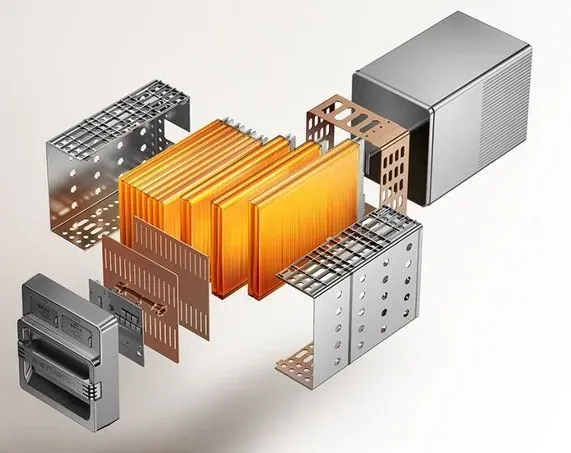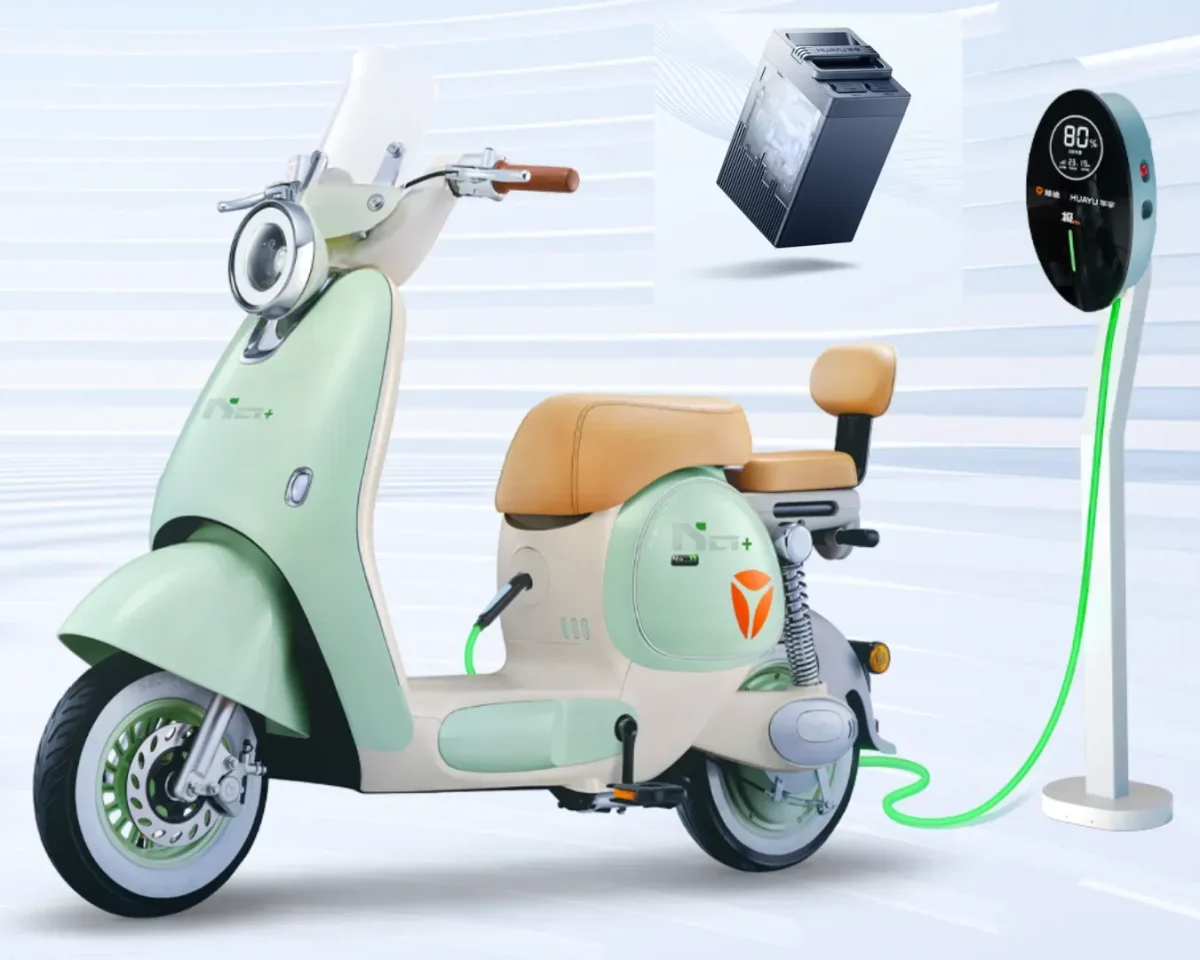Last week, Yadea announced at CES that it had started integrating sodium-ion batteries into its electric scooters. This is significant because while many manufacturers have been researching Na-ion, the commercial launch of a production variant has been elusive. Deploying these batteries in a real-world customer-use environment would allow Yadea to fine-tune the chemistry and identify and rectify any shortcomings.
To the rest of the industry, this also indicates the commitment of the E2W market leader (by far) to Na-ion chemistry.
Yadea’s commitment also means that the rest of the Chinese ecosystem (AIMA, SUNRA, TailG, etc.) will follow suit eventually with Na-ion batteries.
The benefits of Sodium
The electric mobility industry runs primarily on Li-ion batteries, with two prevalent (broad) cell chemistries: NMC and LFP. Li-ion has a proven track record and works well in almost all use cases. However, Lithium is scarce, and mining is dirty, often making climate enthusiasts cringe. Even though cell prices have been falling in recent quarters, Lithium is expensive as extraction is costly.
Sodium has many benefits. It is widely available and can also be extracted from common salt, which the sea has abundant quantities of. Extracting sodium is cheaper and cleaner. As a result, Na-ion packs are cheaper.
It is right below Lithium on the periodic table, so the two soft alkali metals have similar properties. Inherently, both types of batteries use the same internal system – a sea of ions (Lithium or Sodium) that transfer charge from the cathode to the anode.

The cathode would be made of a material that can contain Sodium, while the anode is usually made of carbon or graphite.
Sodium batteries can also operate across a wider temperature range and are also safer from thermal runaways.
…and the shortcomings
But that is where the positives end and the challenges start. While Na-ion batteries may work like Li-ion batteries, Na is more than three times heavier than Li. The ions have greater momentum when moving between the cathode and anode, which causes greater mechanical stress on the cathode and anode. As a result, Na-ion batteries have a shorter lifecycle than Li-ion batteries. Yadea puts the lifecycle at 1500 charge cycles for its newly launched batteries. This is not bad and puts it on par with NMC Li-ion batteries from about two years ago. In comparison, in some cases, the Li-ion LFP chemistry already achieves 6000 charge cycles.
The other problem is the cell voltage. Sodium ions have a lower standard reduction potential and a lower tendency to gain electrons, which limits the maximum voltage to around 70% of that of a Li-ion battery.
This compounds the shortcomings—more weight, less energy-carrying capacity, or lower energy density. As a result, Sodium-ion batteries have been limited to stationary applications till now.
The Yadea Na-ion battery, though portable, appears quite big and is almost similar in size to Vmoto’s 2.7 kWh pack. However, the Na-ion pack can only carry 1.15 kWh of energy, which is good for about 70 km of range.

Yadea circumvents these challenges by offering the Na-ion option only in low-speed yet full-size moped models. These vehicles (Q1, DE3, G30, and Guanneng Q50) have 400W-600W motor power and top speeds in the 25-30kph range. Notably, their rated payload is 75kg, making them solo-rider vehicles, even though the images show a small auxiliary passenger seat for carrying kids. All are priced between USD 450 – 590 and are Chinese market-only vehicles.
New subsidiary
In addition to the sodium-ion battery, Yadea announced that it would establish a new subsidiary, Huayu, which will, in turn, establish the Huayu JiNa Supercharging Ecosystem. The new subsidiary is dedicated to developing sodium-ion batteries, and the supercharger network is already being rolled out.
Cumulative Sales
In December, Yadea announced that its cumulative two-wheeler sales had crossed 100m units. This number also includes electric bicycles and kick-scooters, so it is difficult to estimate the number of scooters and motorcycles sold.
Impact
This is quite big. Even though the models that the Na-ion batteries are energizing are mopeds with solo rider payload, deploying Na-ion batteries is a step in the right direction. The batteries would be more cost-effective and lower the prices of the mopeds.


